Wedge Shafts vs Iron Shafts – What Are The Differences

How often do you look at your equipment and think, do I have the correct specs for my swing?
If the answer is never, that changes right now.
In this post, I address the lesser-discussed topic of wedge shafts vs iron shafts and their differences.
I explain what shaft best suits different swings and the importance of consistency between your wedges and irons.
Intro To Wedge & Iron Shafts And How They Affect Performance
Golf shafts impact your clubhead speed, the ball speed, ball striking, launch, and clubface position at impact.
Golfers with slower swing speeds tend to operate best with senior and ladies flex shafts as the lighter, flexible design is easier to swing, generate velocity, and launch.
Conversely, higher swing speeds produce greater control with stiffer, heavy golf shafts, which prompt a lower launch and offer less flex into impact.
When you use the same series of shafts, each one is expertly crafted to fit specific golf clubs, which creates uniformity in your set.
Should wedge shafts be the same as iron shafts?
Yes, in my experience, wedge shafts should be the same as iron shafts to ensure greater consistency in your game.
Suppose that you play with regular flex iron shafts and switch to extra stiff wedge shafts. This will influence your swing mechanics and can lead to inconsistent results.
Using the same shafts throughout your set helps you produce a fluid swing through the bag for enhanced accuracy and distance control.
Besides my experience, 2022 Open Championship winner Cam Smith uses the KBS Tour 130X shafts.
Key Similarities And Differences Between Iron And Wedge Shafts
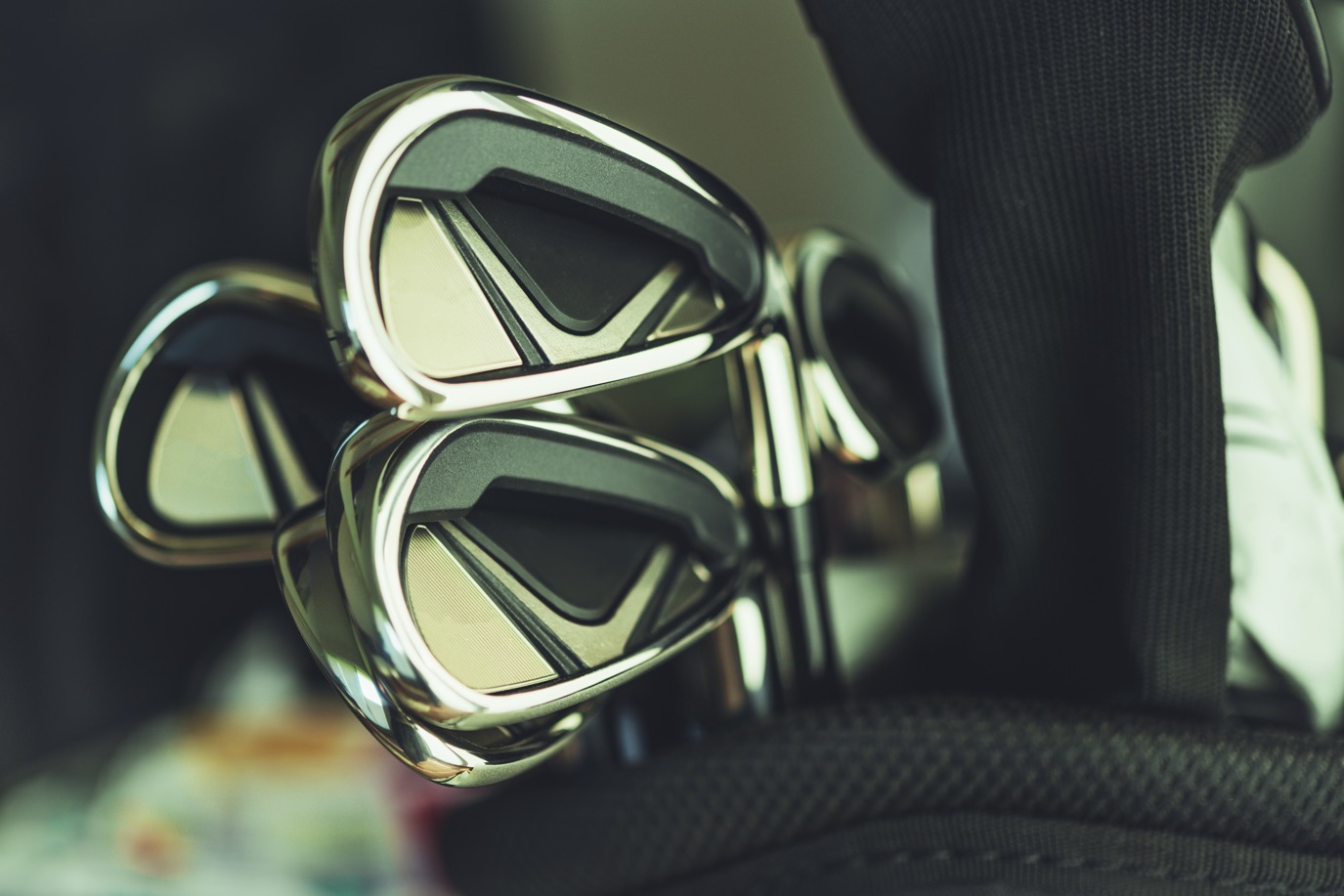
How Are Wedge Shafts Different From Iron Shafts?
The main difference between iron and wedge shafts is their length. For example, the 9-iron from the TaylorMade SIM Max range is 36.25”. Conversely, the sand wedge in the set is 35.25”.
The shorter the shaft is, the easier it is for beginners to strike. This is why a beginner has a better chance of an accurate shot with a wedge. In addition, clubhead speed is faster with longer-shafted golf clubs.
In addition to the clubhead speed and ball striking, the swing weights are distinct between irons and wedges. I find that sand and lob wedges typically feature a higher swing weight, which softens the shaft compared to irons.
Is There A Big Difference Between Wedge And Irons Shafts?
Other than swing weight and shaft length, wedge and iron shafts should carry the same flex, shaft material, and brand as each other.
Which Shafts Are Longer?
Iron shafts are lengthier than wedge shafts. As I explained earlier, the TaylorMade SIM Max 9-iron is 36.25 inches, while the sand wedge is 35.25”.
Which Shafts Are Stiffer?
Iron shafts are typically stiffer. The heavier swing weight of a sand or lob wedge produces a more flexible club shaft for increased spin and control around the green.
Which Shafts Are Heavier
Iron shafts are heavier than wedge shafts. If we look at the Dynamic Gold 115 Spinner wedge shaft, we notice it weighs 115 grams. Conversely, the Dynamic Gold X100 reaches 120 grams. The reason for the lower mass is the increased swing weight in wedge clubheads.
Should you use graphite shafts in wedges?
Yes, golfers with slower swing speeds should use these easier launching and robust graphite shafts. When you utilize graphite shafts for your irons, you should ensure continuity by employing the same material for your wedges.
What Shaft Material For Irons?
Your chosen golf irons shaft material is determined by swing speed and personal preference. Generally, slow swing speeds are better positioned to play graphite shafts because their resilient material supports optimal flexibility into impact.
When these golfers use stiff shafts, they struggle to produce suitable swing and ball speed for a low launch and a loss of distance and control.
On the contrary, higher-swing-speed golfers should use stainless steel shafts because they provide less flex on the downswing. As a result, it helps fast swingers control their launch and flight on approach.
Best Iron Shaft Brands And Top Product
KBS Max 80
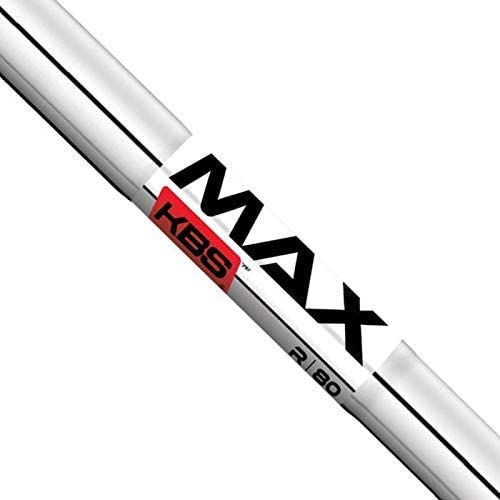
Pros
- Ultra-light design for steel shafts
- Durable construction
- Promotes a high launch
- Encourages a soft landing to hold tight greens
- Available in a regular, stiff, and extra stiff flex
Cons
- Expensive
- There are no options for slower swing speeds
The KBS Max 80 offers an ultralight, high launch, and spin golf shaft, constructed in a regular, stiff, and extra stiff flex. It suits moderate to super fast swing speeds, searching for shot-stopping spin on approach to hold narrow greens.
Slower swing speeds are advised to seek alternative iron shafts as the stiffer flex options may prove challenging to consistently launch.
Check Out More Reviews Here:
Fujikura Pro Series Iron Shafts
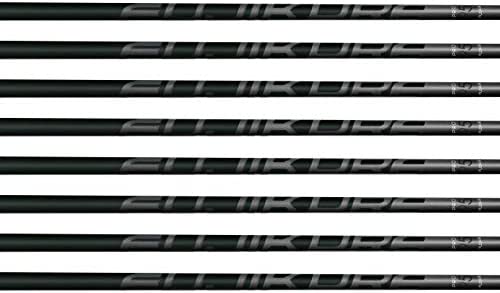
Pros
- Generates a controlled and low flight
- Available in a stiff and extra stiff flex
- Built for moderate to fast golfers
- Glare resistant shafts
- The set includes 8 shafts
Cons
- Not ideal for slow swing speeds
- Expensive
The Fujikura Pro Series Iron Shafts offer moderate to fast golfers a mid to low launch for a penetrating trajectory and maximum distance. Plus, the quality of the graphite material enables these clubs to withstand optimal force on the downswing and boost your clubhead speed.
Besides their premium price, which will deter some golfers, the stiff and extra stiff design does not cater to slower swing speed golfers.
Best Wedge Shaft Brands And Top Product
True Temper Dynamic Gold 115 Spinner Wedge
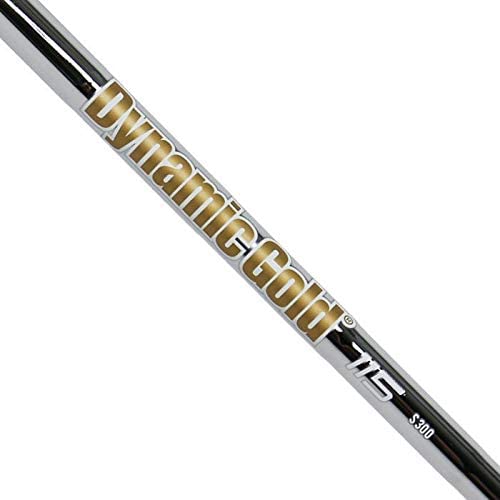
Pros
- Produces a controlled trajectory
- Medium launch
- Helps you generate drop and stop spin
- Suits moderate to fast swing speeds
- Works for a moderate tempo
Cons
- Expensive
- Not the best shaft for slow swing speeds.
True Temper needs little introduction, with their shafts favored by major golf brands globally. Their Dynamic Golf 115 Spinner Wedge is my top golf wedge shaft pick, thanks to the controlled flight it produces in your short game.
I find the stiffer flex promoted a medium flight which helped the ball to make it up to the target and stop rapidly. My only concern is that slower swing speeds may struggle to adjust to the stiffer design.
Nippon NS Pro Modus 3 Tour 120
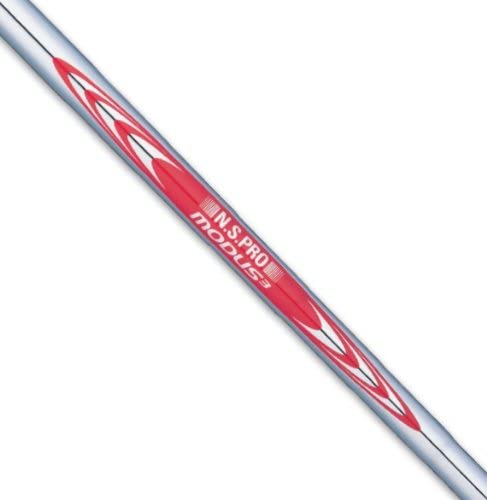
Pros
- Produces controlled flight
- Attractive shaft
- Promotes a smoother tempo
- Encourages a mid to high launch
- Reduces ballooned shots
Cons
- Premium price tag
- Slower swingers may prefer the higher spin of a more flexible shaft.
The Nippon NS Pro Modus 3 carries an attractive red and gray shaft design, built to deliver controlled spin and a mid-to-high launch angle. Professionals appreciate this construction as it enhances control around the green and prevents ballooned shots.
In addition, Nippon noticed that the employment of low butt rigidity aided swing tempo for a cleaner, consistent swing, and strike.
Conclusion

Our review of wedge shafts vs iron shafts has revealed that your best solution is to play with the same model shaft in your irons and wedges.
This helps you deliver consistency and secure a smooth transition between your mid and short golf clubs.
If your shafts differ, I suggest you consider generating uniformity and fitting them with the same model. Otherwise, your swing weights, flex, launch, spin, distance, and accuracy may prove erratic.
I recommend looking at the KBS Max 80 as an option for your iron shafts. However, if you are on your own mission and demand a different wedge shaft, think about the True Temper Dynamic Gold 115 Spinner wedge.




